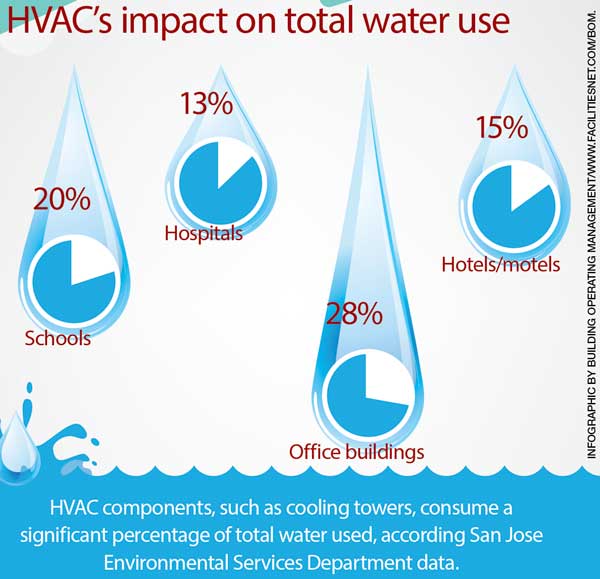The Ultimate Overview To Comprehending Warmth Pumps - Just How Do They Work?
The Ultimate Overview To Comprehending Warmth Pumps - Just How Do They Work?
Blog Article
Write-Up Created By-Gissel Hanna
The most effective heat pumps can save you significant quantities of cash on energy expenses. They can likewise help reduce greenhouse gas exhausts, especially if you make use of power in place of fossil fuels like propane and home heating oil or electric-resistance heaters.
Heat pumps function significantly the same as a/c do. This makes them a viable alternative to standard electric home heater.
Exactly how https://drive.google.com/drive/folders/1j9OuS9TH0XKzZJfSo99tV2of1-sejqWX?usp=drive_link Function
Heatpump cool homes in the summertime and, with a little aid from power or gas, they offer several of your home's home heating in the winter. They're an excellent alternative for people that wish to reduce their use fossil fuels but aren't ready to change their existing heating system and a/c system.
They depend on the physical truth that even in air that seems too chilly, there's still energy existing: warm air is constantly moving, and it wishes to relocate right into cooler, lower-pressure atmospheres like your home.
A lot of power celebrity accredited heatpump operate at close to their heating or cooling ability throughout a lot of the year, minimizing on/off biking and conserving power. For the very best performance, concentrate on systems with a high SEER and HSPF ranking.
The Compressor
The heart of the heat pump is the compressor, which is additionally known as an air compressor. This mechanical flowing gadget uses prospective energy from power production to increase the pressure of a gas by minimizing its quantity. It is various from a pump in that it only works with gases and can not deal with fluids, as pumps do.
Climatic air gets in the compressor with an inlet shutoff. It travels around vane-mounted arms with self-adjusting size that split the inside of the compressor, producing numerous cavities of differing dimension. The rotor's spin pressures these tooth cavities to move in and out of stage with each other, pressing the air.
The compressor draws in the low-temperature, high-pressure cooling agent vapor from the evaporator and presses it into the hot, pressurized state of a gas. This procedure is repeated as needed to supply heating or cooling as needed. The compressor also consists of a desuperheater coil that reuses the waste warmth and adds superheat to the cooling agent, transforming it from its liquid to vapor state.
The Evaporator
The evaporator in heat pumps does the exact same point as it carries out in refrigerators and air conditioning unit, transforming fluid cooling agent right into an aeriform vapor that eliminates warmth from the space. Heat pump systems would certainly not function without this essential tool.
This part of the system is located inside your home or building in an interior air handler, which can be either a ducted or ductless unit. It consists of an evaporator coil and the compressor that presses the low-pressure vapor from the evaporator to high pressure gas.
heat pump technician take in ambient warmth from the air, and then use power to transfer that heat to a home or organization in heating setting. That makes them a lot much more energy efficient than electrical heaters or heating systems, and because they're making use of clean electricity from the grid (and not melting gas), they likewise generate far less discharges. That's why heat pumps are such fantastic environmental choices. (Not to mention a huge reason why they're ending up being so popular.).
The Thermostat.
Heat pumps are wonderful options for homes in chilly environments, and you can use them in mix with traditional duct-based systems or even go ductless. They're a fantastic different to nonrenewable fuel source heating unit or conventional electrical heaters, and they're more lasting than oil, gas or nuclear a/c tools.
Your thermostat is one of the most vital element of your heatpump system, and it functions very in a different way than a standard thermostat. All mechanical thermostats (all non-electronic ones) work by utilizing materials that transform dimension with boosting temperature, like curled bimetallic strips or the increasing wax in an auto radiator valve.
These strips consist of two different sorts of metal, and they're bolted with each other to form a bridge that finishes an electric circuit linked to your a/c system. As the strip gets warmer, one side of the bridge increases faster than the other, which creates it to flex and signal that the heating system is needed. When the heatpump is in heating mode, the reversing shutoff turns around the circulation of cooling agent, to make sure that the outside coil currently operates as an evaporator and the interior cyndrical tube comes to be a condenser.